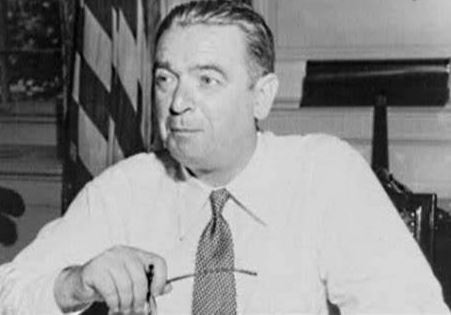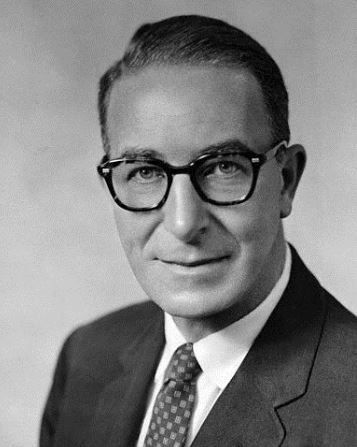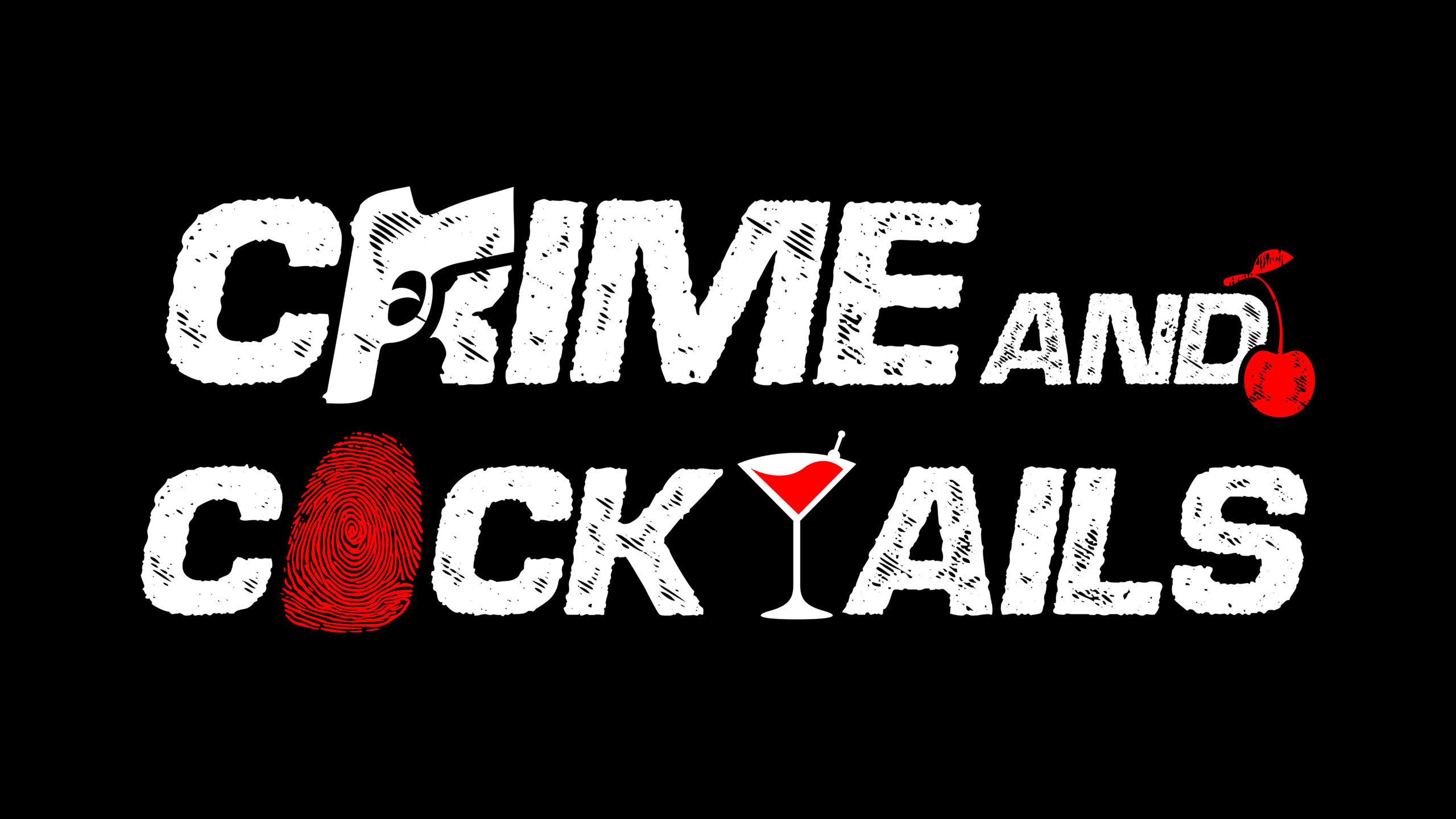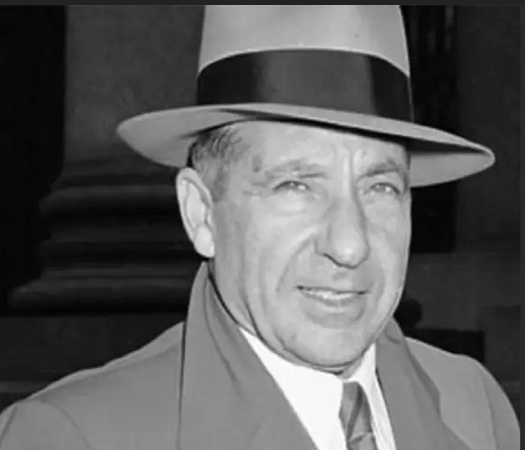Frank Costello didn’t need a gun. He didn’t need to order hits, run drug rings, or get his hands bloodied in turf wars. He controlled something far more powerful—politics. From the smoky back rooms of Manhattan to the marble corridors of city hall, Costello was a shadow emperor. And his scepter? Cash, connections, and quiet threats. Between the 1940s and 1950s, Costello turned New York’s political machine, Tammany Hall, into his personal puppet theater.
They called him “The Prime Minister of the Underworld”—and for good reason.
The Gentleman Gangster with a Rotten Core
Frank Costello was not your average mob boss. Born Francesco Castiglia in Calabria, Italy, in 1891, Costello grew up in East Harlem before entering organized crime in the 1910s. His early resume included bootlegging during Prohibition and racketeering with Lucky Luciano, but by the time the 1940s rolled around, he wasn’t knocking over banks—he was buying senators, judges, and mayors.
Costello wore tailored suits, carried himself with charm, and spoke in polished tones. But beneath the silk exterior was a man who corrupted institutions with surgical precision. He didn’t run from law enforcement—he made it irrelevant.
And his primary tool was Tammany Hall.
Tammany Hall: The Political Host That Fed the Parasite
Tammany Hall was no stranger to scandal. From its early 19th-century days, it had long been a breeding ground for political corruption, patronage, and machine politics. But by the mid-20th century, it had become a well-oiled vehicle for Costello’s ambitions. He didn’t need to run for office—he controlled those who did.
Through a network of intermediaries, Costello funneled bribes and favors to key players inside Tammany. Judges would be promoted for loyalty. Police chiefs were handpicked to ensure illegal gambling operations remained untouched. City contracts were awarded to companies tied to the Mafia. Slot machines—banned in many areas—popped up in bars across New York under the watchful, blind eyes of the Costello-aligned political apparatus.
One of his most loyal pawns? Mayor William O’Dwyer.
The Mayor and the Mob: William O’Dwyer’s Silent Deal
O’Dwyer rose from Brooklyn judge to mayor of New York City in 1946, backed in part by Tammany Hall and the powerful labor blocs that Costello quietly influenced. During O’Dwyer’s tenure, the NYPD was riddled with corruption, and gambling operations flourished under mob protection. Costello’s slot machine empire bloomed.
While O’Dwyer publicly claimed to clean up the city, his administration turned a blind eye to the Mafia’s infiltration of city infrastructure. This convenient hypocrisy allowed Costello to operate in plain sight. The city’s sidewalks were clean, but its veins pumped with gangster money.

By 1950, the pressure became too much. A Senate investigation into organized crime—the infamous Kefauver Hearings—dragged Costello into the national spotlight.
And suddenly, the Prime Minister’s shadow empire was exposed.
Kefauver Shines a Light into the Abyss
When Costello testified before the Senate Special Committee on Organized Crime in Interstate Commerce (known as the Kefauver Committee), millions of Americans watched on live television as a ghost-like figure fidgeted and squirmed under questioning. Though cameras were banned from showing his face, the footage of his twitching hands and evasive answers became iconic. He invoked the Fifth Amendment repeatedly.
But something deeper was happening.
During the hearings, New Yorkers learned just how entangled their political leadership had become with organized crime. Testimonies revealed that Costello had met with judges, city officials, and law enforcement brass—often exchanging thick envelopes for loyalty. A ledger allegedly showed payments of up to $12,000 (worth over $140,000 today) to high-ranking police.
Costello was sentenced to prison for contempt of court and tax evasion, but the damage wasn’t just to him—it was to the illusion that government and mob were separate creatures.

Tammany’s Final Gasps
Mayor O’Dwyer resigned under a cloud of scandal during the Kefauver investigation and was quietly shipped off to Mexico as U.S. Ambassador—a move many saw as a political exile meant to avoid indictment. Tammany Hall’s reputation, already cracked, began to collapse under the weight of Costello’s legacy.
Although Tammany limped along into the 1960s, the era of open mob-political symbiosis was ending. A new generation of reformers and prosecutors—like Robert F. Kennedy—would go to war with the underworld, taking down mob bosses who had once waltzed through city hall.
But Costello’s ghost remained. He had done what few mobsters dared: embedded himself not just in the criminal underground, but in the governance of America’s most powerful city.
The Legacy of Quiet Corruption
Frank Costello didn’t need bombs or bullets. His violence was quieter—more insidious. By buying politicians, bribing law enforcement, and manipulating city systems, he didn’t just break the law; he bent the law to serve his interests. He was the man behind the curtain, whispering orders into the ears of elected officials.
And for a time, New York City listened.
Today, when we talk about government corruption or shadowy influence, we should remember that this isn’t new. Costello didn’t invent the dark handshake behind closed doors—he just perfected it.


